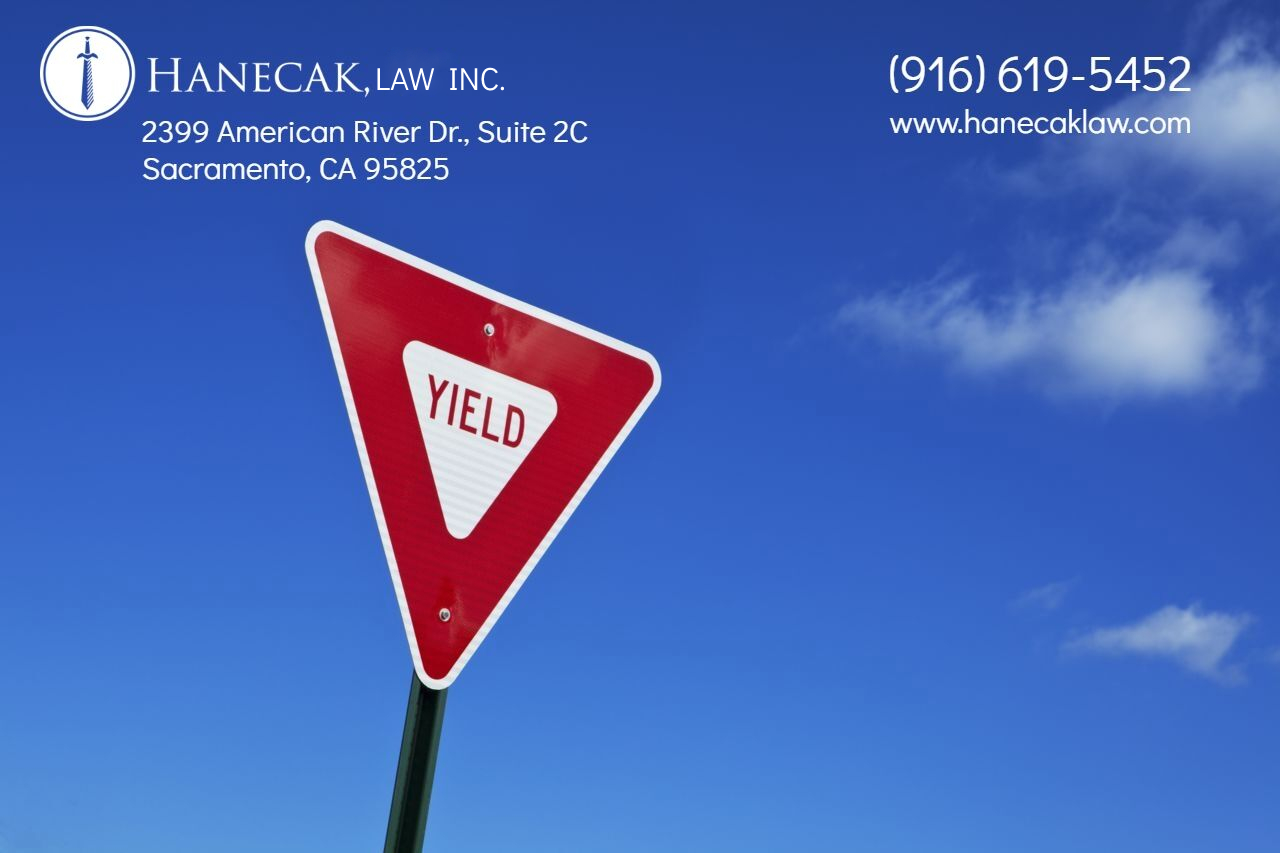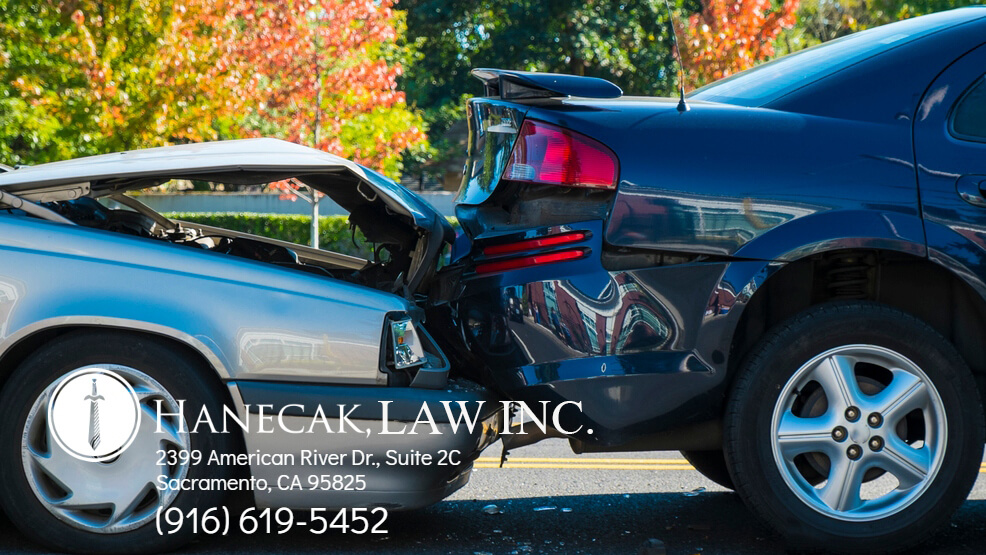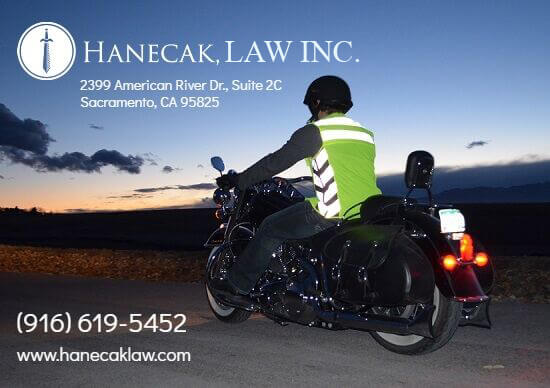A disturbing trend is showing that pedestrian deaths have reached their highest level in decades. Governors Highway Safety Association (GHSA), a non-profit organization, reported earlier this year that pedestrian deaths have risen 35 percent since 2008 and are the highest since 1990.
The group points to several factors that are contributing to the shift, including the popularity of SUVs and trucks, distracted behavior in and out of the car—especially due to smartphones (article 1), and population growth. They also noted that most deaths take place at night and these have the highest rise compared to daytime deaths.
Some states, including Hawaii, have enacted a distracted pedestrian law to combat people walking out in crosswalks while on their cell phone or other electronic device and getting in accident.
What’s the right of way law in California for pedestrians?
Throughout my years in California, I feel like I’ve heard so many people say “pedestrians always have the right of way in California!” It’s as if California is different from other states allowing anyone to just wander into the street and a law-abiding driver to be found negligent. Simply put, this is not the case.
California Vehicle Code 21950 says drivers “shall yield the right of way to a pedestrian crossing the roadway within any marked crosswalk or within any unmarked crosswalk at an intersection.”
This means that as long as a pedestrian is crossing a marked crosswalk or crossing at an intersection that may or may not have a marked crosswalk, it is their right of way. However, the code goes on to say, “No pedestrian may suddenly leave a curb or other place of safety and walk or run into the path of a vehicle that is so close as to constitute an immediate hazard.” But the code section doesn’t define what an “immediate hazard” is. How close does the car need to be? What about a certain speed? This ambiguity in the language allows insurance companies to dispute these claims and try to shift blame to the other party.
The code specifically states that where there isn’t a marked or unmarked crosswalk at an intersection, pedestrians must yield the right of way to all vehicles so as not to constitute an immediate hazard. This plainly states that pedestrians do not have the right of way when they are outside of a crosswalk. But even if a pedestrian is outside a crosswalk, drivers are still required to exercise due care for any pedestrian upon the roadway.
In sum, if you’re a driver and see pedestrians around, make sure to exercise due care. Approach intersections cautiously and beware of your surroundings. If you’re a pedestrian, don’t assume cars will just stop because you’re there or you have the green signal to walk.
Even moderate speeding at intersections can be deadly for pedestrians
One of the main causes of pedestrian accidents is speeding. Some drivers will see a yellow light and punch it to try to get through. This will narrow the focus to the light and making it through the intersection without taking into consideration any pedestrians that may be trying to cross the street when the light changes.
Excessive speeding, however, is not the only problem. Consider this example of a pedestrian accident that can be caused by minor or moderate levels of speeding:
A car is traveling at 30 mph when a pedestrian walks out into a crosswalk. If the driver brakes with the pedestrian 45 feet away, there will be enough space for them to stop. But if you increase the vehicle’s speed by only 5 mph, the situation changes dramatically. At 35 mph with the pedestrian 45 feet away, the car will be traveling at 18 mph when it hits the pedestrian. A pedestrian accident at this speed can cause major injuries or even death.
This example is why it’s important for not only drivers to be aware of approaching an intersection, but for pedestrians as well. Even at lower to moderate speeds, a lot of ground can be covered in a quick time, limiting reaction times for either party.
If you’ve been injured in a pedestrian accident, we may be able to help you. We offer free case evaluations to help you determine the strength of any possible claim. We can be reached by phone at (916) 619-5452, on our website via our contact form, or by email at info@hanecaklaw.com.






